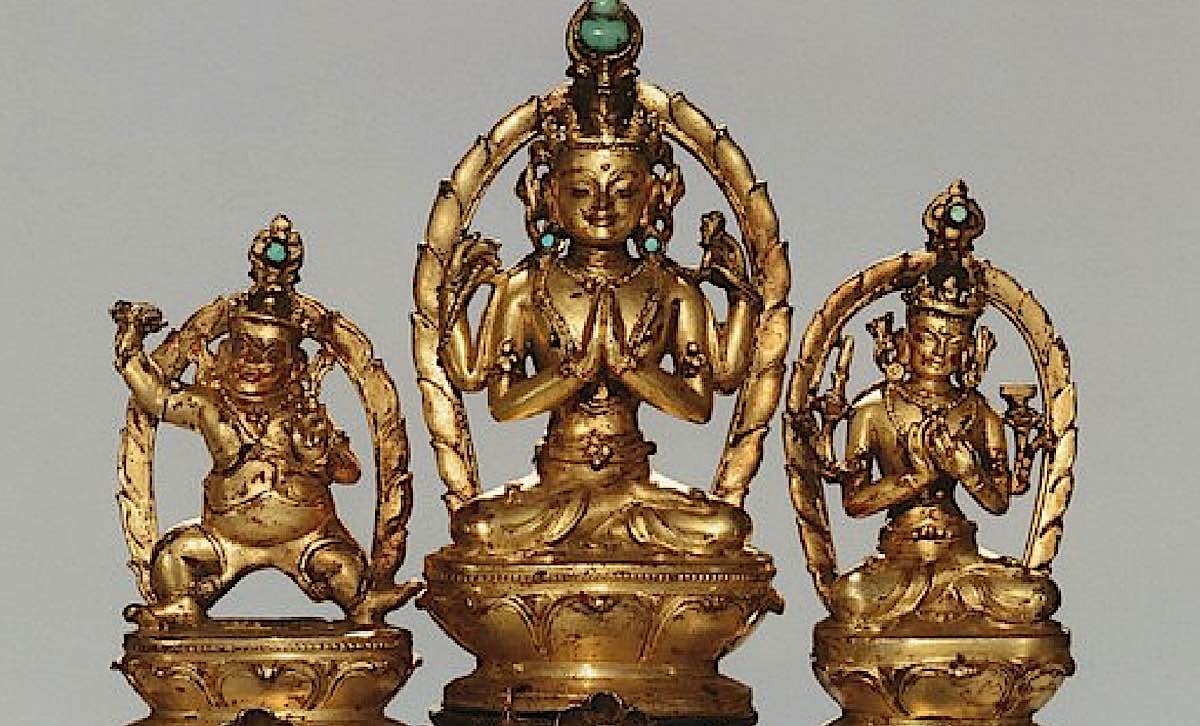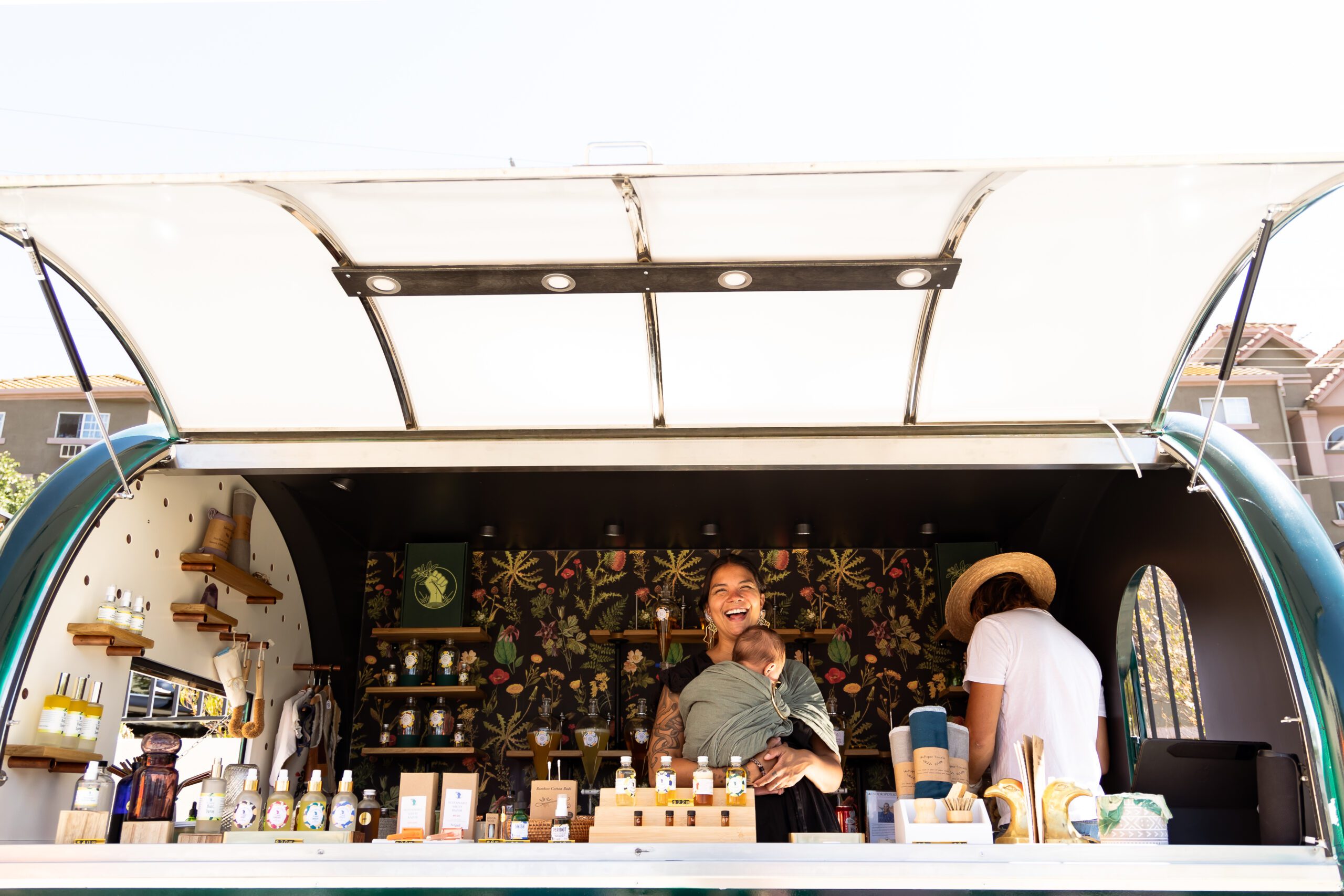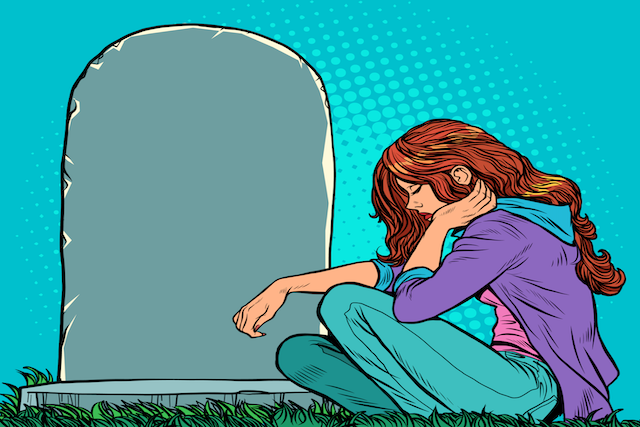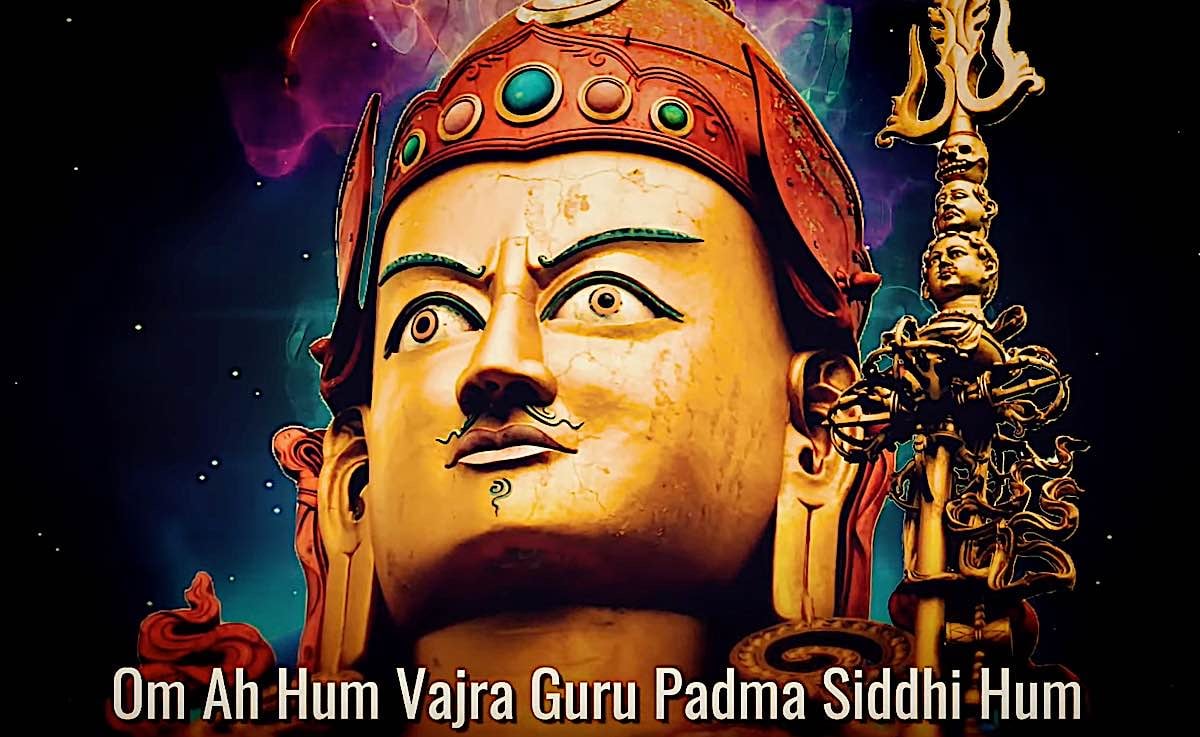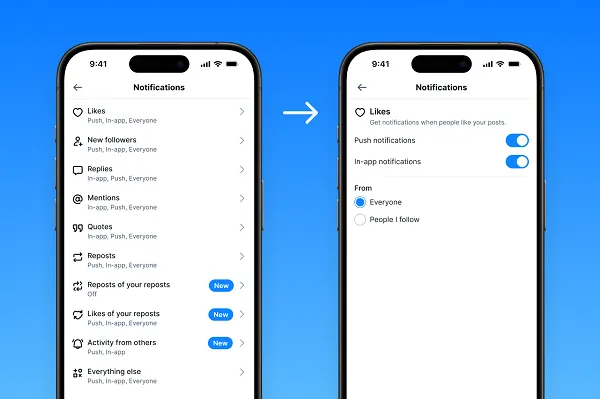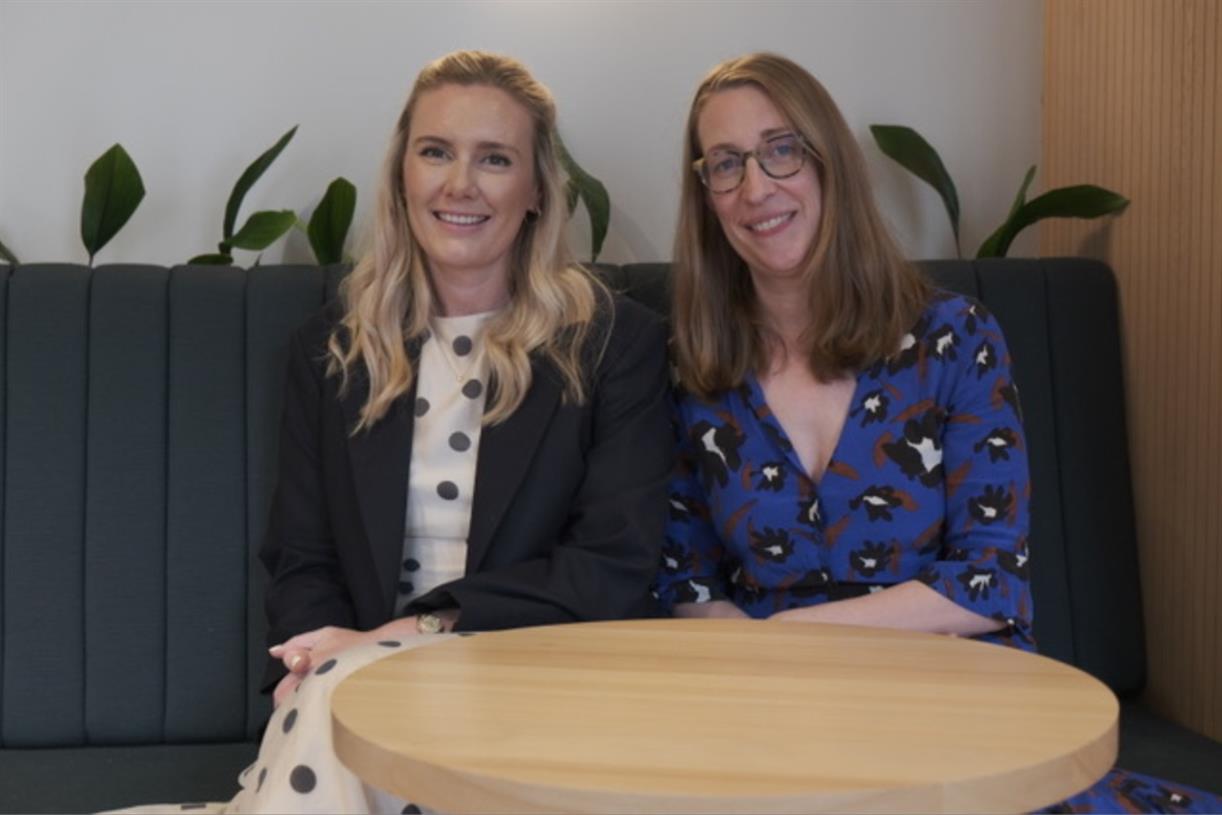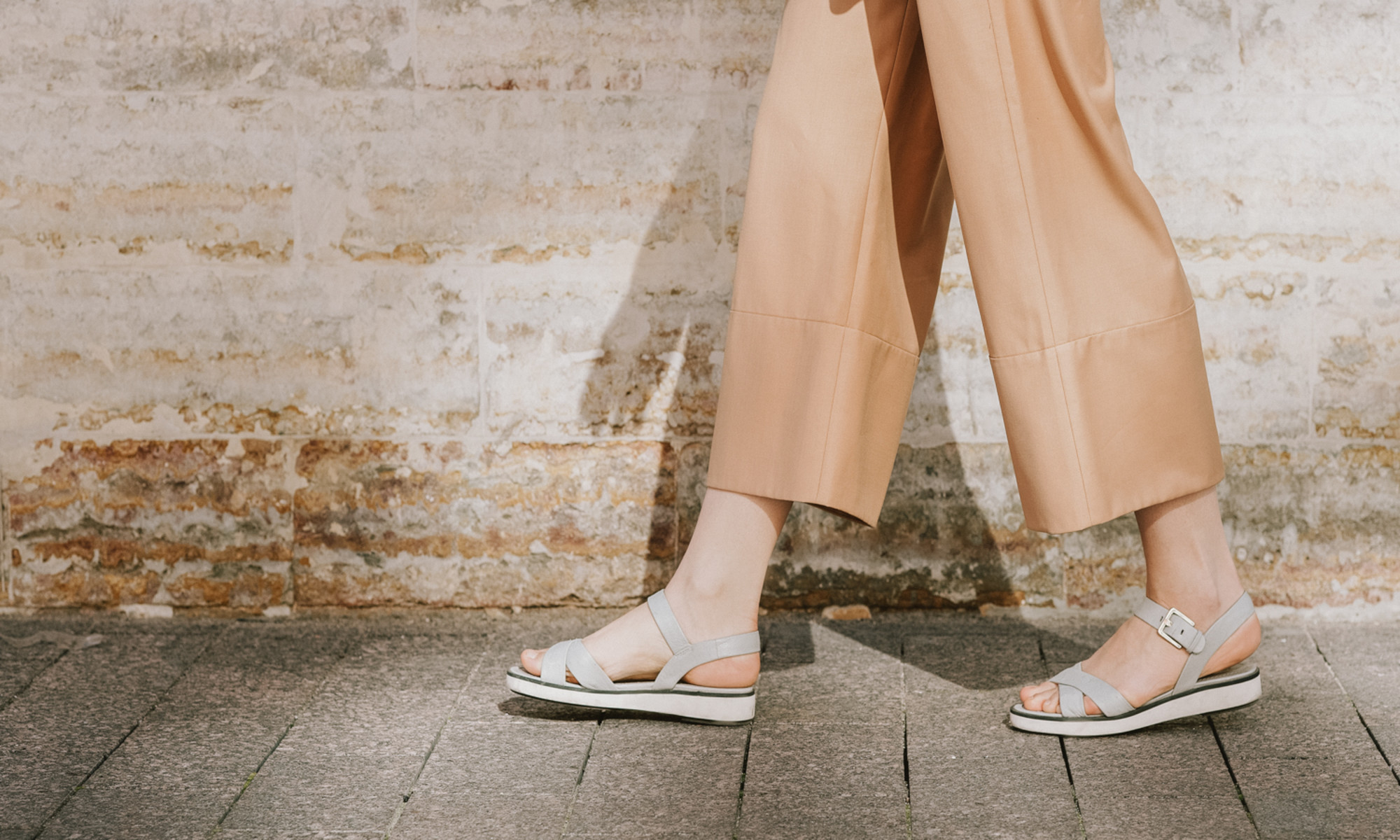Chaplaincy and Not Knowing
Having worked as a registered nurse for decades, Cheryl Barnes-Neff says chaplaincy taught her that there’s more to patient care than having all the right answers. The post Chaplaincy and Not Knowing appeared first on Tricycle: The Buddhist...

Now semiretired, Cheryl Barnes-Neff, PhD, MDiv, RN, started her career working as a neonatal intensive care nurse and is wrapping it up as a hospice chaplain, teacher, and author. Some of the volumes in between what she calls “these bookends of life” include traveling the world as staff nurse for the Up with People show in the late 1970s, discovering Buddhism and Thich Nhat Hanh in the 1980s, and working for a national palliative care and hospice corporation in central Florida, where she resides. Cheryl also found time to complete a PhD in philosophy and religious studies, a master of divinity, a master of Buddhist doctrine, and Harvard Divinity School’s certificate in religious studies and education. And she writes books.
These days, one of Cheryl’s pet projects is helping nurse leaders and other health-care professionals integrate the benefits of compassion-centered care based on techniques gleaned from her decades of experience in nursing, chaplaincy, and Buddhist studies and practices. In a blog post from her website entitled “Remembering Maria,” Cheryl tells of the encounter with a hospice patient that led her to develop C.A.R.E. (Connect, Assess, Respond, Evaluate & End), a working model that gives clinicians all the elements they need to support their patients with optimal skill and compassion. She is currently rewriting her book for nurse managers entitled The Foundations of Compassion Centered C.A.R.E. to expand its relevance to other health-care professions, including chaplaincy.
What else have you been up to lately? Well, I’m doing a lot of writing. I plan and participate in classes with a Clinical Pastoral Education (CPE) instructor. I’m also an assistant associate professor at Buddha Dharma University, where we offer a master of divinity with an emphasis on Buddhist studies and are creating an online Buddhist chaplaincy program. And while I’m no longer actively nursing, I am doing some online course creation and teaching for nurses.
It doesn’t sound like you’re retired at all! What brought you from nursing to chaplaincy? I got a position in a large hospice here in central Florida and just fell in love with hospice. The job was mainly quality assurance and performance improvement—we call it QAPI—and I was doing a little bit of clinical work just to keep my fingers in nursing. I was the person who knew how to find all the rules and regulations and understand how they’re interpreted. It’s not exactly the work you think of when going into nursing or chaplaincy, but understanding what the compliance needs to be is one of those necessary evils that I came to appreciate. Also, I’d kind of become the ad hoc Buddhist chaplain for our hospice. They’d say, OK, we have this Buddhist patient, can you come over and help them?
I loved chaplaincy. I went back to school and got a master’s of divinity because I wanted to go for board certification as a chaplain and didn’t have all the components. I did an extended CPE unit and assumed I would continue. Then I was diagnosed with breast cancer, and that kind of put the kibosh on that.
Important decisions needed to be made, and I’m very happy with how things have turned out. It was a little different than the plan, but I survived, and at this time, I’m 100 percent cancer-free. It’s all good.
I’m guessing you didn’t grow up Buddhist. Actually, I joke about accidentally being raised without a religion. We didn’t go to church when I was a little kid. We’re from Indiana, and we’d travel to Nebraska to visit our extended family over the summer. My sister and I would go to Church of God services with an uncle and his family and to Bible school and all that stuff.
I thought I was just there as an observer—it didn’t click that this was my religious education. At one point back home, I said to my mom, “I’m like you, I’m not religious.” She was horrified that I would say such a thing! She said, “I’m very religious, what are you talking about?” “But we don’t go to church, we never talk about God or anything.” So the following Sunday we started going to a Presbyterian church.
I had a lot of questions. We had a beautiful Carnegie library in town, where my favorite reference librarian always helped me find answers. I told her I needed a religion because this Presbyterian thing wasn’t working for me. She was great—she found me some books about other religions that she thought I might enjoy. I think there was one book about Buddhism that was kind of out there. It was very literal and difficult to understand, but I found it intriguing.
Then, when I was in college at Ball State, there was a California Zen kind of guy doing meditation and talking about Buddhism, and I thought, now this I like. So I took some courses, got better books, and became very, very interested. I finished my degree, started working, and read The Miracle of Mindfulness by Thich Nhat Hanh. And from then on, I considered him my teacher. Early on, I had some opportunities for one-on-one meetings with Thay, but later that became impossible because of the sheer number of people who were following him. Beginning in the 1980s, I attended many of his annual retreats, and in 2003, I was ordained into the Order of Interbeing as a lay minister.
How did that fly with your family? For a long time, my mom was challenged by my practicing Buddhism. Then, when her health was failing, I sent her Thich Nhat Hanh’s book No Birth, No Death. She read it and said that it helped her more than any other book ever had. Plus, the daughter of her pastor had just come back from a mission in Thailand and was raving about Buddhism. Mom told me that Pastor Paul thought that Buddhism was just fine. As long as Pastor Paul was on board, it was all good.
Who do you sit with these days? Around 2005 or so, I started attending a Vietnamese Buddhist center here in town that holds monthly days of mindfulness and a variety of retreats. I haven’t been there in quite a while because of COVID restrictions and other things. While I have a personal practice that I am very appreciative of, during the pandemic I wanted to find a way to connect with others. Upaya Zen Center has many different programs online; they became a go-to for me. Plus, I’m always looking for ways to make sure I don’t become too insulated in my practice.
Can you tell us about a practice that helps in difficult moments? When I was diagnosed with breast cancer, I continued working in hospice for a while. There’s nothing like learning you have an illness that might be life-limiting: suddenly, there’s a shift in understanding what it’s like for others. Obviously, no one can know exactly what another person is experiencing, but to really be able to sit with that possibility yourself makes a big difference when you’re accompanying someone else who’s had a life-limiting diagnosis.
Before I knew which direction the illness was going to take, my Vietnamese teacher, Sister Lieu Ha, abbess of the Vietnamese temple I was attending, told me that I needed a systematic approach and should meditate on dying, then on being dead, then on having my bones turn to powder, then on the charnel ground itself, and so on. She helped me understand that I may never have another opportunity to be in that space and do those meditations in a way that had become so real.
Different meditation techniques, such as being with the breath and doing body scans, have been very, very helpful in different phases of my life. Otherwise, a useful exercise when you’re frustrated with patients or other people is to think: just like me. Just like me, this person wants to be free from suffering. Just like me, this person wants to be at ease. And just like me, this person is reacting to all of the things that are happening because they don’t feel at ease and at peace. When I think “just like me,” it’s very helpful with my reactivity; it reminds me to take a breath before I respond.
What do you teach chaplains in training? I do a unit on basic Buddhism and on Buddhist techniques that can help patients, like mindfulness, and I explain how to document those interventions. I also teach a class on the “nones”: people who consider themselves spiritual but not religious, atheists, naturalists, and so on.
We look at how we, as chaplains, can connect first with ourselves and then with the other person as we assess where they are spiritually. Can we find common threads? If they say nature is their church, and looking at the sky or the birds makes them feel that spiritual connection, can we relate to that? Most of us can, just as we can identify with the comfort of petting the dog or the enjoyment of sunlight glistening on the water. I encourage our CPE students to stop worrying so much about vocabulary, about who created what, because when they’re busily thinking about God and creation, they aren’t actually being present with that creation, with nature.
We talk about presence. We talk about lots of things, like the symptoms a patient might bring up that may not seem particularly spiritual at first glance, like being lonely. Well, what is loneliness? It’s the need to connect with other people in a way that is meaningful, a way that makes sense for them in their hospice journey.
You worked as an RN for decades, and now you’re doing a lot of different things, one of which is chaplaincy. What have you learned about yourself that chaplaincy really brought home? I think what chaplaincy has brought home to me more than anything has been to really understand the phrase “Don’t know.” Not even “I don’t know”; just “Don’t know.” As a nurse, you think in terms of “I have to know, because I have to be correct and make the right decisions.” There’s so much more to the patient experience than competency. And ultimately, I don’t know.

 Tekef
Tekef 







